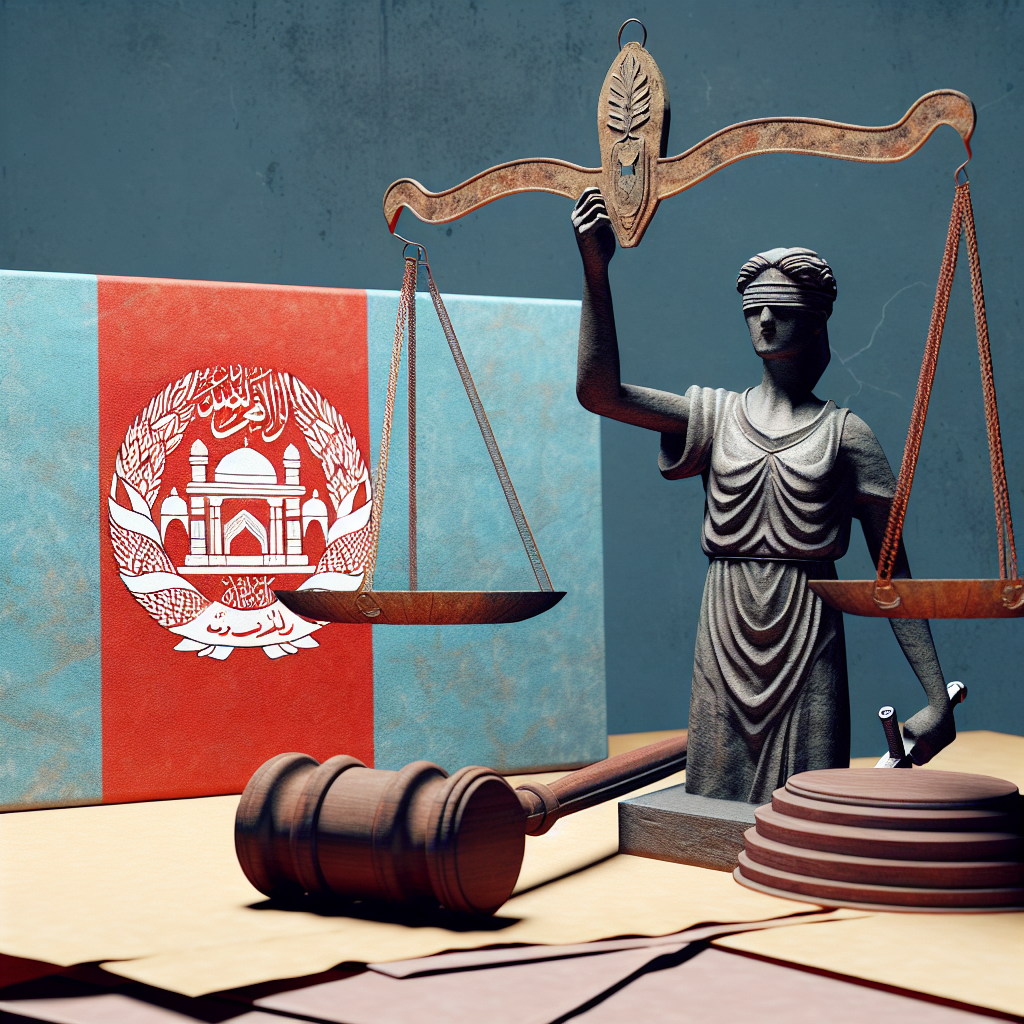Russia’s Supreme Court Lifts Ban on Afghanistan’s Taliban
Russia’s Supreme Court Lifts Ban on Afghanistan’s Taliban
Overview
In a significant legal shift, Russia’s Supreme Court has officially lifted the ban on Afghanistan’s Taliban, a move that could have wide-ranging implications for international relations and regional stability. This decision marks a pivotal change in Russia’s stance towards the group, which has been classified as a terrorist organization for over two decades.
Key Developments
- Legal Reversal: The Supreme Court’s decision overturns a 2003 ruling that designated the Taliban as a terrorist organization, effectively removing legal barriers to engagement.
- Diplomatic Implications: This move may pave the way for increased diplomatic and economic interactions between Russia and Afghanistan under Taliban rule.
- Regional Dynamics: The decision could influence Russia’s relationships with other Central Asian countries and impact the geopolitical landscape in the region.
Potential Motivations
Several factors may have influenced Russia’s decision to lift the ban on the Taliban:
- Strategic Interests: Russia may be seeking to strengthen its influence in Afghanistan and counterbalance Western presence in the region.
- Security Concerns: Engaging with the Taliban could be part of a broader strategy to ensure stability and prevent the spread of extremism in neighboring areas.
- Economic Opportunities: The decision might open avenues for economic cooperation, particularly in sectors like energy and infrastructure.
International Reactions
The lifting of the ban has elicited varied responses from the international community:
- Western Nations: Some Western countries have expressed concern over the potential legitimization of the Taliban, urging caution in engagement.
- Regional Players: Neighboring countries are closely monitoring the situation, assessing the impact on regional security and economic ties.
Conclusion
Russia’s Supreme Court decision to lift the ban on Afghanistan’s Taliban represents a strategic pivot with potential ramifications for international diplomacy and regional stability. While it opens doors for new diplomatic and economic engagements, it also raises questions about the future of Afghanistan and the broader geopolitical landscape. As the situation unfolds, the global community will be watching closely to see how this decision shapes the dynamics in Central Asia and beyond.








































